Miller’s 5-part checklist includes:
Create a BrandScript
What he means is your business must have a brand through which your audience gets a direct hit to their emotions and how they feel about your company. This script begins by your answering a few key questions and then formulating a script that you share with the world.
- What problem do you solve for customers?
- What will your customer’s life look like if they buy your product?
- What consequences does your product help customers avoid?
- What does somebody need to do to buy your product?
Answering those four questions through the interactions you have with people on your website or other avenues (social media, for instance) brings them through the necessary stages of creating a relationship. They become curious about your business, they want enlightenment, and from there they choose whether (or when) to commit by becoming a paying customer.
Where should you put this BrandScript? Great question! It can be effective in numerous places. It can be the copy at the bottom of your free PDF lead magnet, direct sales letters or flyers, an email sequence (where subject lines are key), or even a video to post on social media or your website.
Create a One-Liner
This is a memorable sentence which draws attention and makes your business unforgettable. It is meant to draw people in and force their curiosity. Your one-liner must have all three parts to be perfect: the problem, the solution, and the result.
First, state the problem or pain point that most of your clients face. Just pick one, if there are several. Be sure it’s a problem that your company can actually solve. Try to make it something that sets you apart from your competition.
Then, provide the solution as being the service or product you provide. Connect your solution directly to the problem you suggested first.
Last, show them how they will be better off after choosing your service or product. You can make it emotive (“a worry-free house”) or even something subjective (“you can stand out from the competition”).
This one-liner is just that… a line. It should not be several sentences long (two at most) and it should be a one-two punch of an answer when someone asks, “What do you do?”
Wireframe a Landing Page
Miller specifies nine design elements every website should have that draws visitors’ eyes and entices them to hit that “call to action” button.
1. The header should, in just a few words, let people know what you offer.
2. The stakes is the section in which you explain exactly what you are saving your customers from.
3. The value proposition is where you add value to your product or service by listing out the benefits (don’t make them guess).
4. You need to set yourself up as the guide, the person who can solve your customer’s problem.
5. The plan lays out the path each customer must take in order to do business with you (and solve their problem).
6. The explanatory paragraph is the spot you invite your customers into the story (and also improve your SEO).
7. The video, while optional, is a great spot to spell out your message again for anyone who didn’t want to read everything.
8. Laying out your price choices (if applicable) simply provides another answer most people have before they have a chance to worry about how much it will cost them.
9. Your junk drawer is everything else you thought you needed but aren’t included in the previous eight items (about us, employment opportunities, contact info., etc.).
Create a Lead-Generating PDF
There are six steps to creating free material by which to draw people into a relationship (meaning, they gave up their email address). Your lead generator can be anything from an interview with an industry expert, a checklist, an event you’re hosting, a consumable schedule or journal, samples, and so many other creative ideas. Every lead generator, however, must:
- Position yourself as the guide (someone with empathy and authority who can solve their problem)
- Stake claim to your territory (reveal your unique knowledge or how you stand out from the crowd which will help solve your customer’s problem)
- Make sure your lead generator speaks to your specific audience. If you have multiple audiences, create different lead generators for each one.
- Solve their problem and they will trust you. You must speak about that problem openly and frequently for them to recognize you as the ideal guide.
- Create a feeling of obligation. You’ve provided them with free resources and value. Only the most hardened of people will refuse to feel indebted and only keep taking freebies.
- Make sure your lead generators have interesting titles. Nothing like boring people to death before they’ve even checked out your content!
Create an Email Campaign
There are two kinds of email campaigns: sales and nurture. Every email, regardless of the type you’re going for, should accomplish these four things:
- Solve a problem
- Offer value
- Remind them that you have a solution
- Send customers back to your website
A nurture campaign is simply a long-term relationship you’re building between yourself and someone in your core audience (you are adding value and building trust). They signed up for your emails because they value your product or service, but they’re not ready to buy. Your options are to send a weekly announcement or tips, but continually highlight the problem and that you have the solution.
A sales campaign gives the customer something to accept or reject outright. When building a campaign, first determine what product or service you’re selling (only one at a time). Identify the problem that this product or service solves and turn your email into a huge call to action. Put the pressure on by giving them a deadline, a limited time offer.
